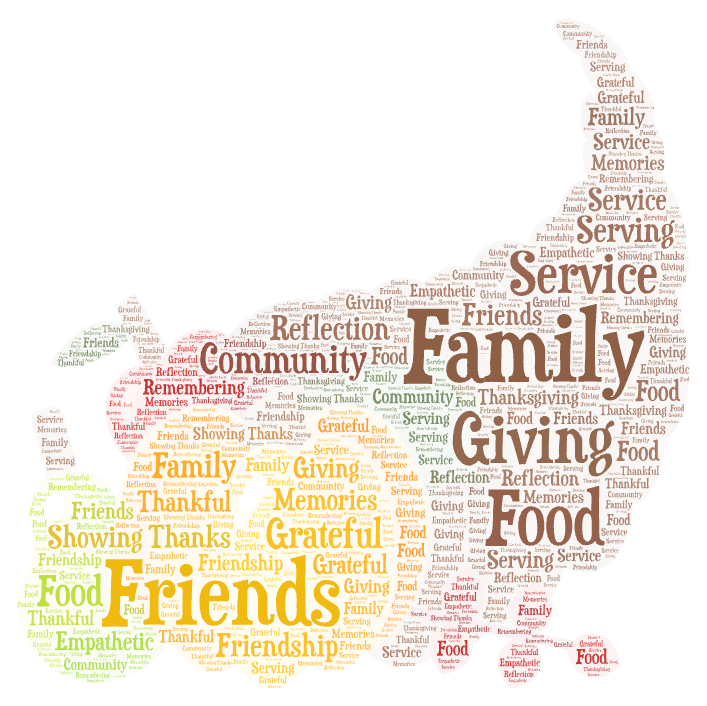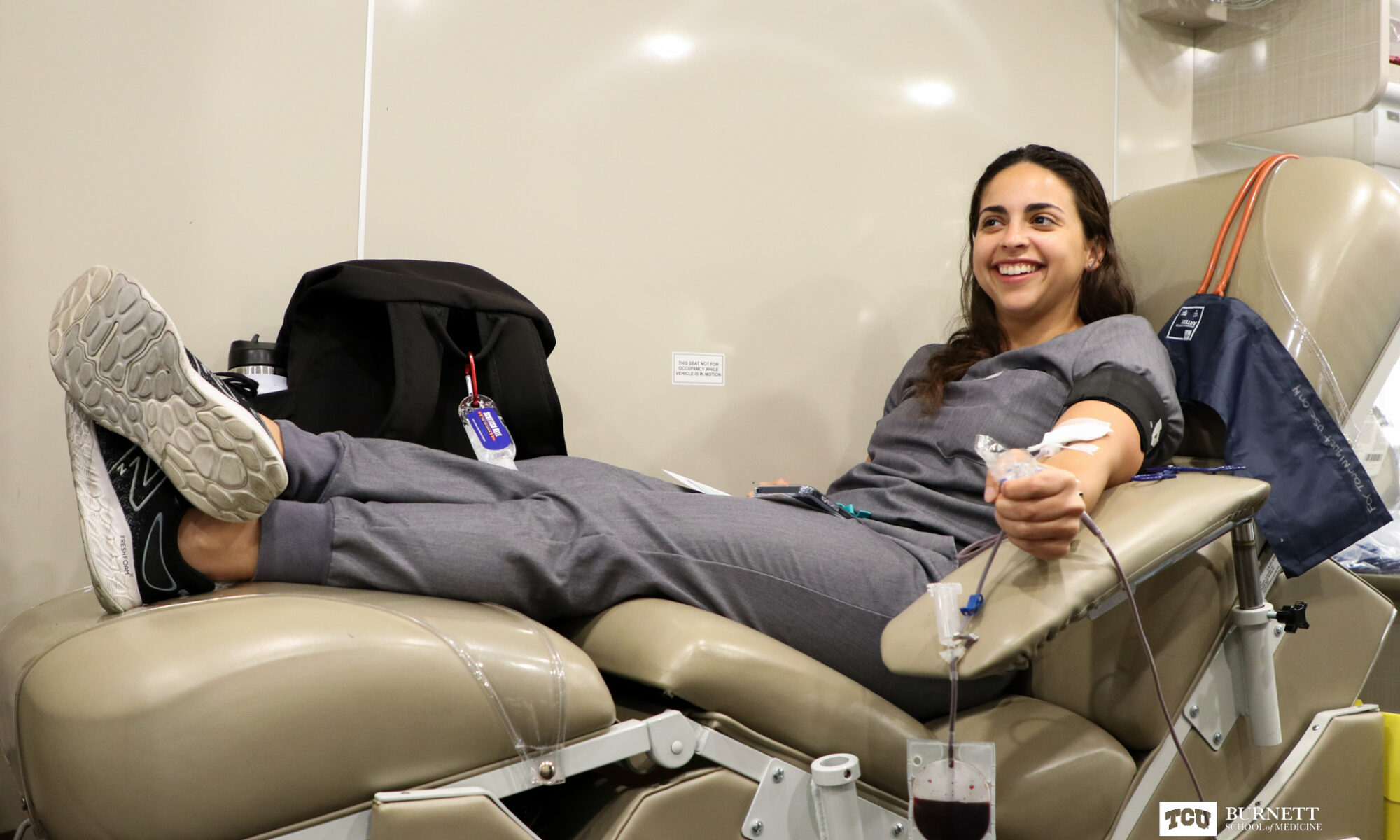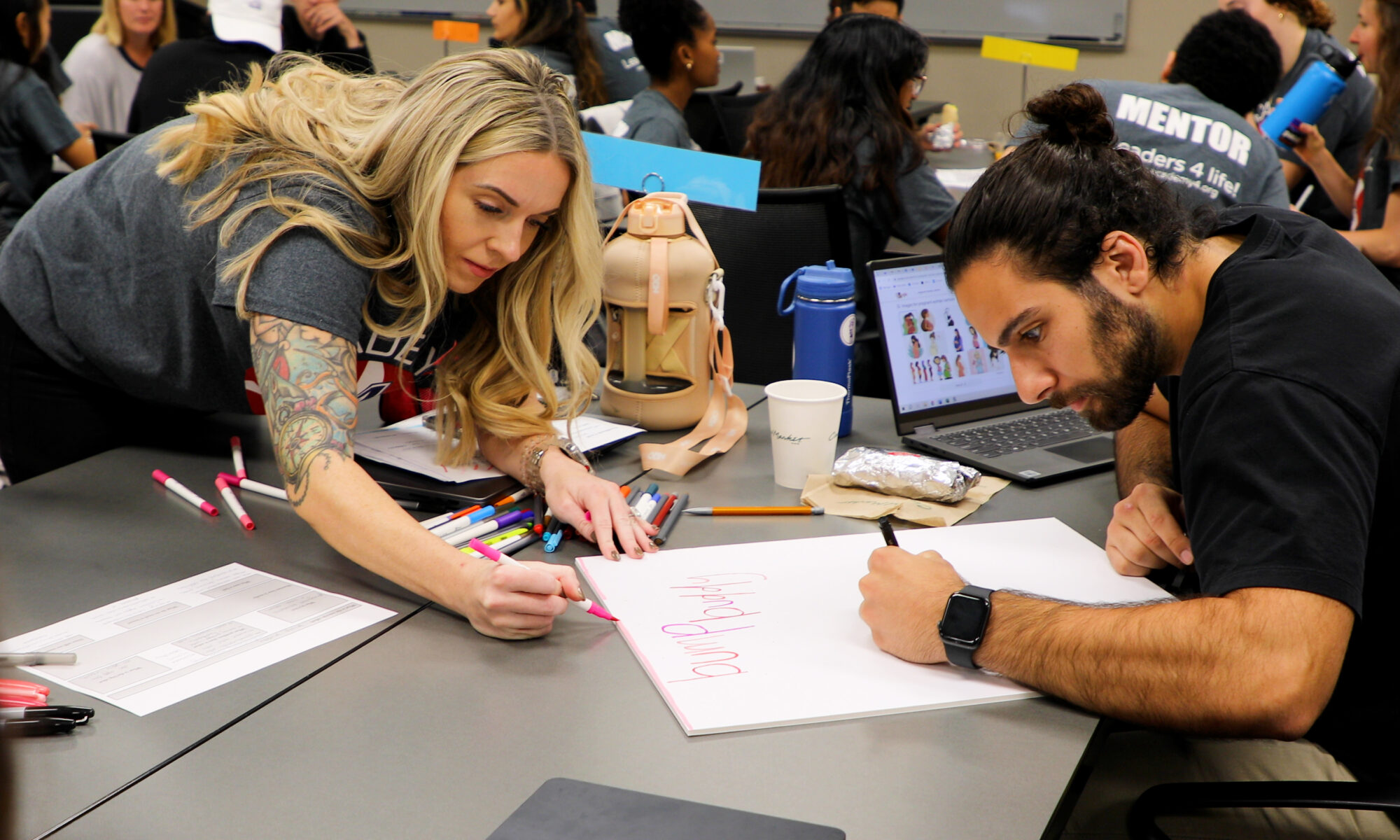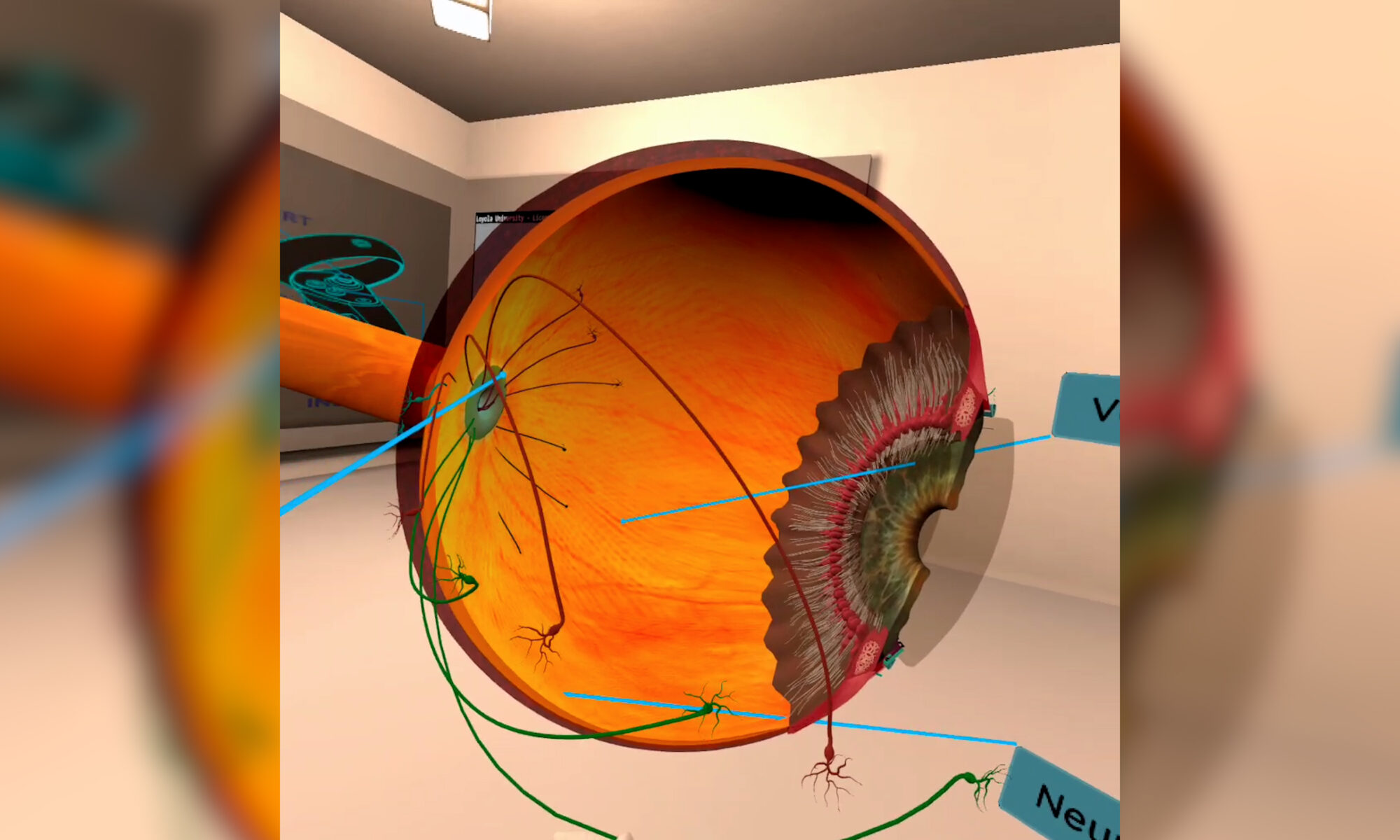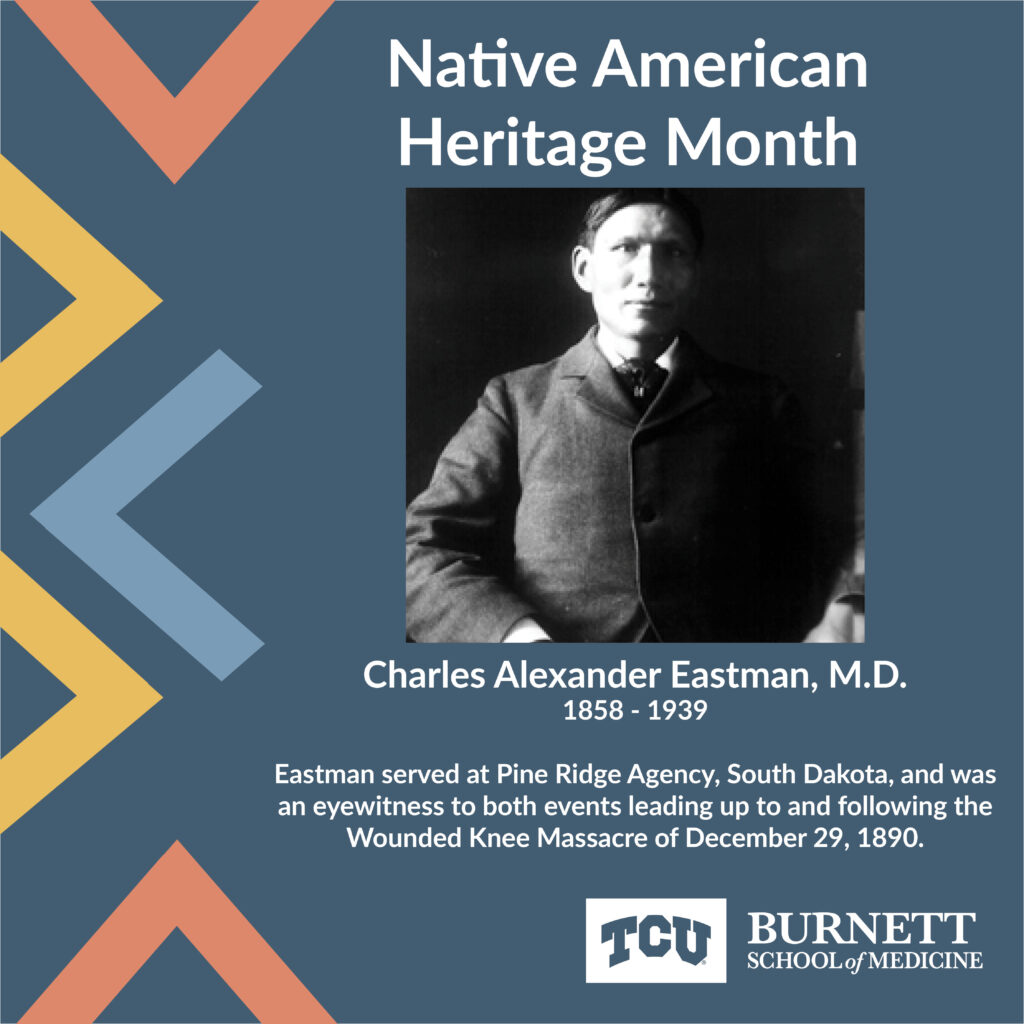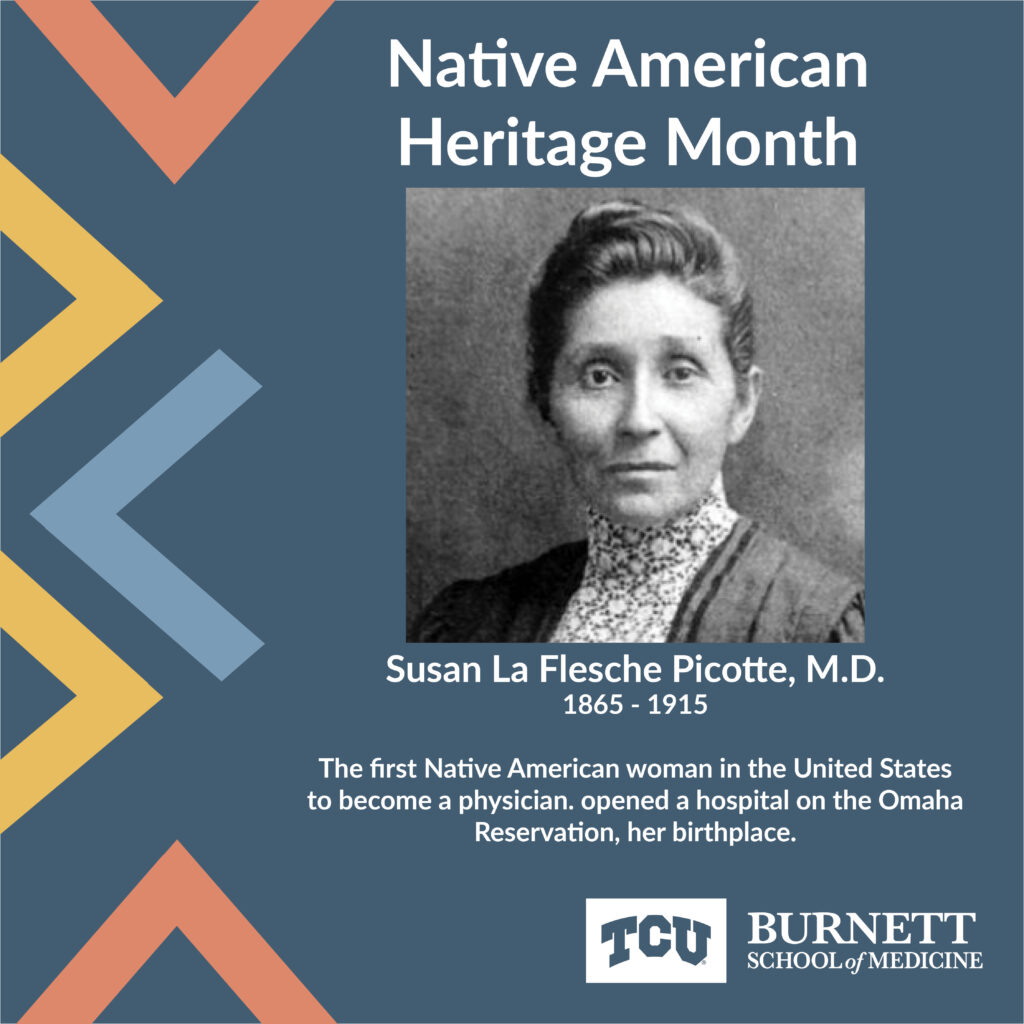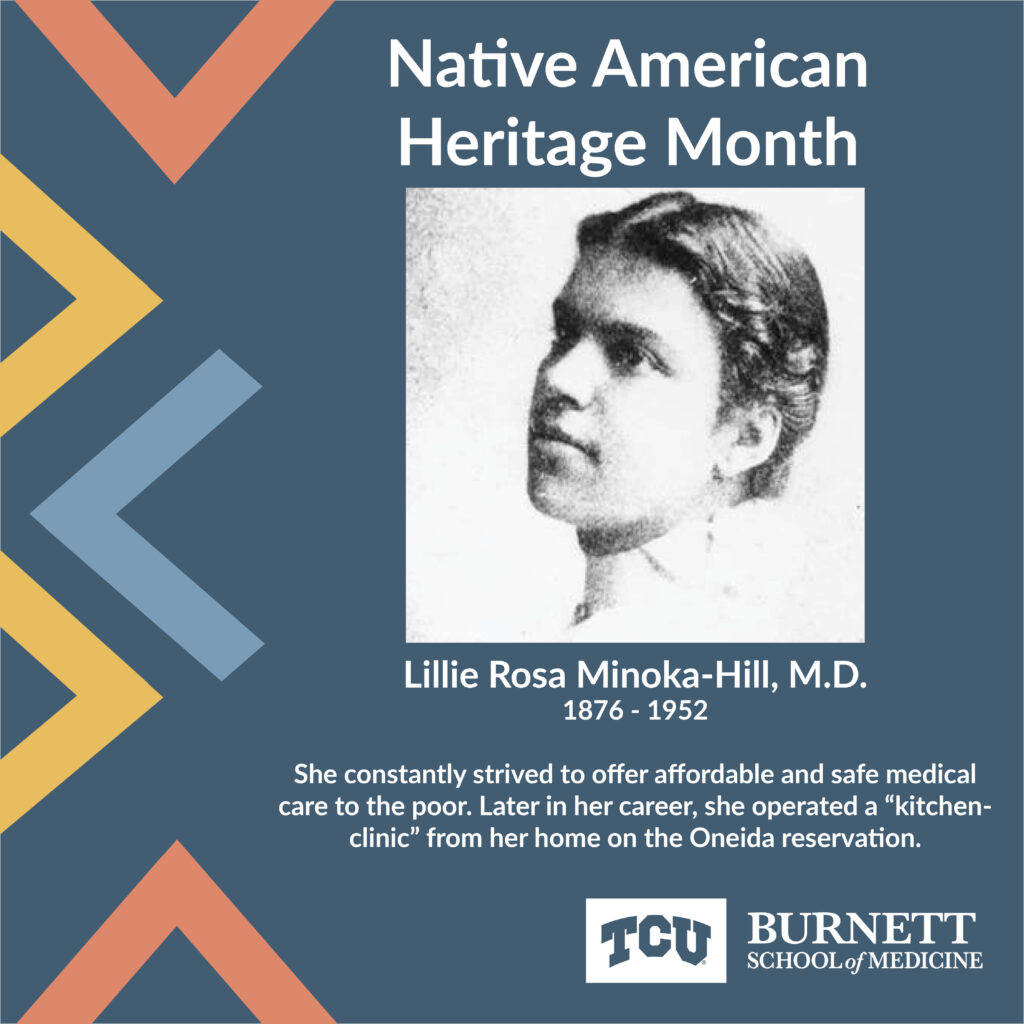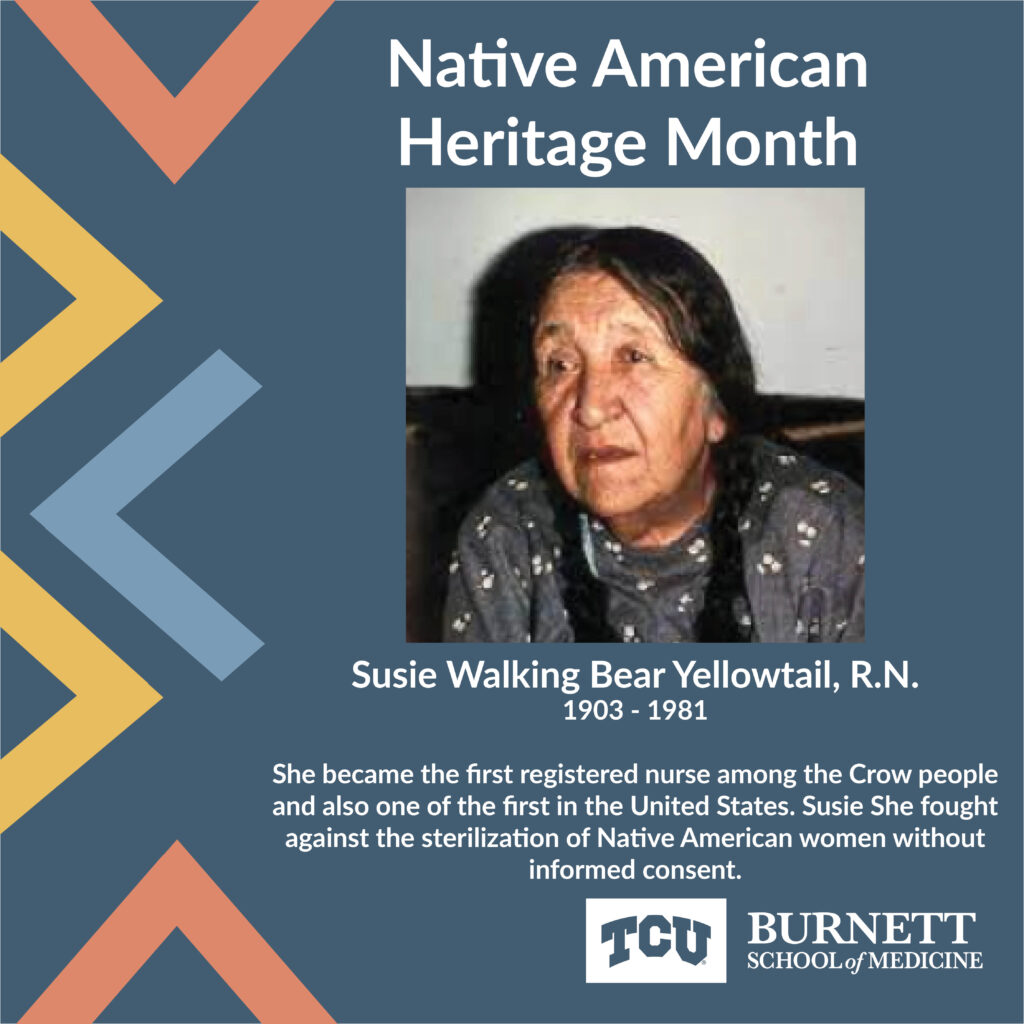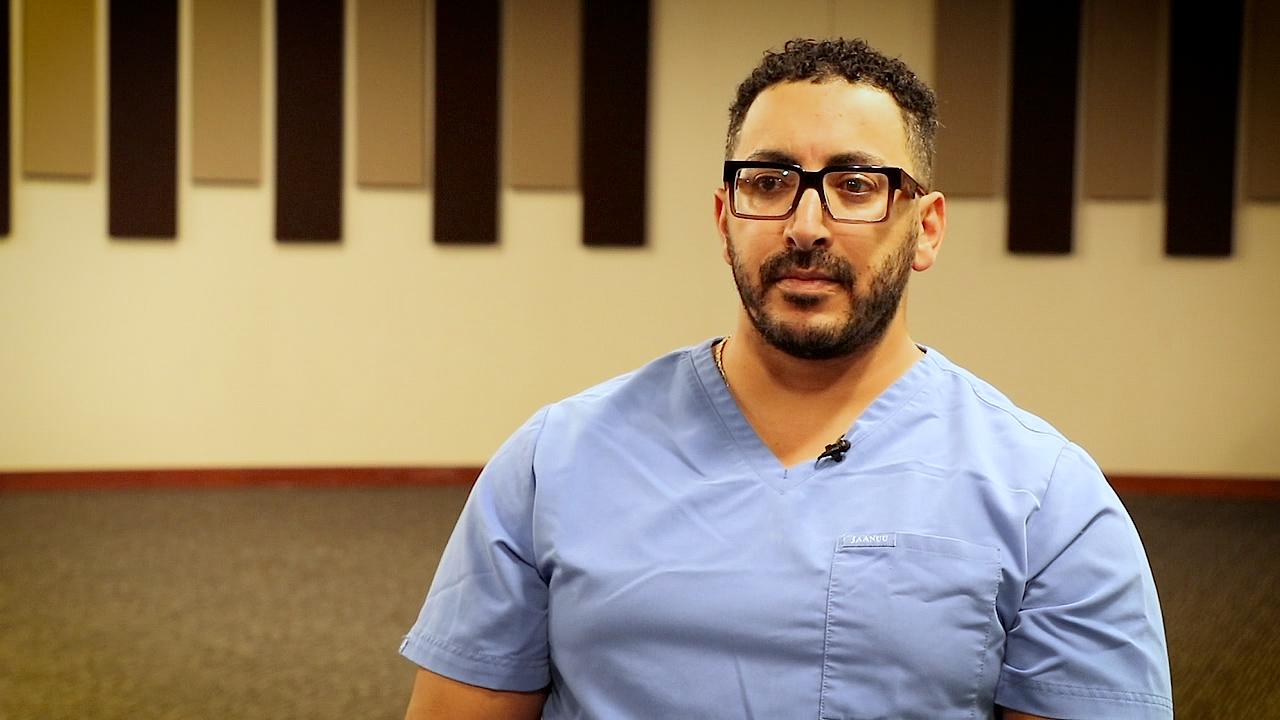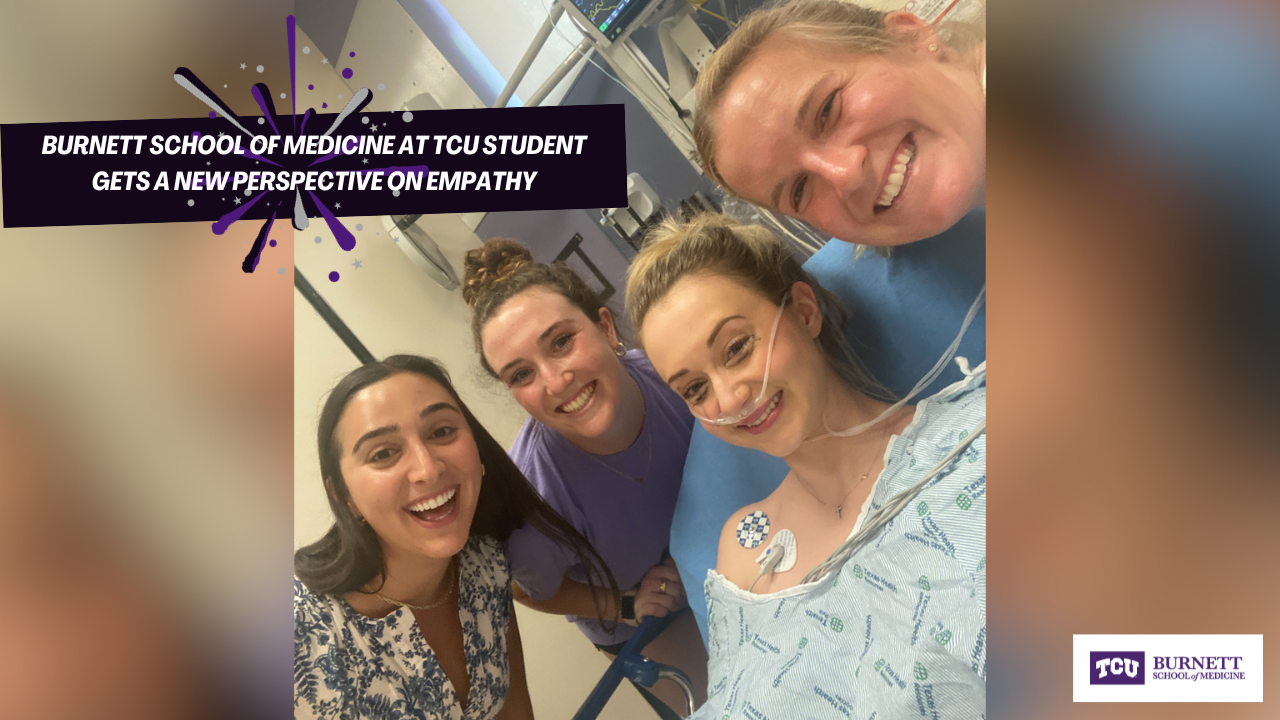The winter holidays can be great, and often just what so many of us need. This time of year often finds us on the tail end of a season of work and life that has been busy, tiresome, and stressful. We need a break. We need some space. We need respite and renewal. Unfortunately, the default setting for fatigue, overwhelm, and stress (i.e. cortisol) is negativity and negative thinking, and we may unintentionally and unconsciously bring that tired, negative vision with us wherever we go. This does not create space. It does not provide rest. It does not revive. Based on how we are, not how things are, we miss the moments, the people, the experiences, and the opportunities that can be restorative, growth-promoting, and life-giving. Attributable to several thinkers, it’s been said that “we don’t see things as they are, we see them as we are.” What do you see? What don’t you see? And what might that reflect about how you are and what you might need?
In Mark Nepo’s, The Book of Awakening, he tells the story of a teacher frustrated with the bitterness of his apprentice.
An aging Hindu master grew tired of his apprentice complaining, and so, one morning, sent him for some salt. When the apprentice returned, the master instructed the unhappy young man to put a handful of salt in a glass of water, and then to drink it.
“How does it taste?” the master asked.
“Bitter,” spit the apprentice.
The master chuckled and then asked the young man to take the same handful of salt and put it in the lake. The two walked in silence to the nearby lake, and once the apprentice swirled his handful of salt in the water, the old man said, “Now drink from the lake.”
As the water dripped down the young man’s chin, the master asked, “How does it taste?”
“Fresh,” remarked the apprentice.
“Do you taste the salt?” asked the master.
“No,” said the young man.
At this, the master sat beside this serious young man who so reminded him of himself and took his hands, offering, “The pain of life is pure salt; no more, no less. The amount of pain in life remains the same, exactly the same. But the amount of bitterness we taste depends on the container we put the pain in. So when you are in pain, the only thing you can do is to enlarge your sense of things… Stop being a glass. Become a lake.”
Are you a glass or a lake? Do you first, or only, see the criticisms, the negativity, what’s wrong with everything? What comes from that? Really take some time to think through this.
Does the bitter taste of remaining a glass promote what you and I need most: expansion, growth, perspective, understanding, humility, compassion, and care? Does it illuminate what’s right, what’s working, the possibilities, the strengths, the solutions? Or does it propagate more negativity, more problems, and more hurt?
You and I, we can grow, we can expand our sense of things, we can be lakes. A foundational step, and one explicitly celebrated this holiday, is to practice savoring, gratitude, and thanksgiving.
As you move into the holiday season, consciously savor the experiences, the people, the food, the time off, the breaks, the weather, the parties, the fun, the deviations from the norm. Practice gratitude for the big things, the small things, the novel things, the mundane things, and the many things that make you, others, and life so unique and special. Gratitude acknowledged and expressed has many tremendous positive impacts. Empirically, gratitude nourishes, heals, and literally transforms the hearts, minds, and bodies of both the generators of gratitude and the receivers.
The far-reaching benefits of an attitude of gratitude reflect another truth of becoming a lake. A glass can only provide enough water for one drink. A great lake can provide water for so many more. As healers, life has called you to become a lake. Are you willing to do all that it takes to answer that call?
The strengths-perspective is founded on the wisdom that what’s right will fix what’s wrong. Look for what’s right. Savor it. Be grateful for it. And share your gratitude. In doing so, you will begin to grow from being a glass to being a lake, and this expansion will transform bitterness into something better, for you and every life you touch.
With gratitude and thanksgiving,
Craig Keaton, PhD, LMSW
Burnett School of Medicine at TCU Director of Wellbeing

